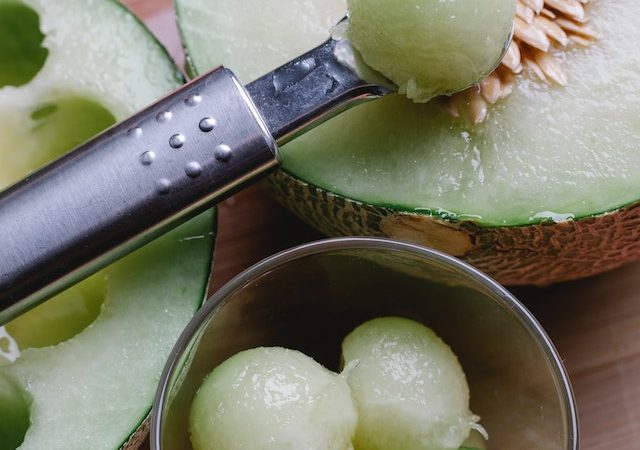Flesh-eating screwworms pose a significant threat to both livestock and wildlife, causing severe injuries and potentially leading to death. To protect these vulnerable populations, scientists have developed innovative methods that involve the mass production and release of sterile flies. This approach has proven highly effective in controlling and preventing screwworm infestations. Here’s how mass-produced flies
Flesh-eating screwworms pose a significant threat to both livestock and wildlife, causing severe injuries and potentially leading to death. To protect these vulnerable populations, scientists have developed innovative methods that involve the mass production and release of sterile flies. This approach has proven highly effective in controlling and preventing screwworm infestations. Here’s how mass-produced flies are utilized to safeguard livestock and wildlife:
1. Mass Production Facilities: Specialized facilities are established to rear large quantities of screwworm flies. These facilities ensure optimal conditions for fly production, including controlled temperature, humidity, and nutrition. The goal is to produce a significant number of healthy flies for subsequent release.
2. Sterilization Techniques: The flies produced in these facilities, specifically the males, undergo sterilization procedures such as irradiation. This process renders the males sterile while preserving their ability to mate. Sterilization ensures that the released flies do not contribute to the reproduction of screwworm populations.
3. Release Programs: Once the flies are sterilized, they are released in targeted areas where screwworm infestations are prevalent or at risk of occurring. The release can be done using various methods, including aerial drops, ground-based releases, or trapping systems. The aim is to inundate the area with sterile flies, outnumbering the wild fertile males and reducing the chances of successful mating.
4. Disrupting Reproduction: The sterile males compete with wild males for mates, reducing the overall reproductive success of the screwworm population. When sterile males mate with wild females, the resulting eggs are infertile and do not lead to viable offspring. Over time, the screwworm population decreases as the number of viable offspring decreases.
5. Monitoring and Evaluation: Effective monitoring and evaluation systems are established to assess the impact of the released flies and track the progress of control programs. These systems help determine the success of the interventions and guide any necessary adjustments to ensure optimal effectiveness.
6. Collaboration and Education: Collaboration among scientists, government agencies, veterinary professionals, and livestock owners is essential in implementing successful control programs. Education and outreach efforts are conducted to raise awareness about screwworms, promote preventive measures, and encourage reporting of potential cases to ensure early intervention.
The mass production and release of sterile flies have proven to be highly effective in protecting livestock and wildlife from screwworm infestations. By controlling the screwworm population, the risk of devastating injuries and economic losses associated with these parasites is significantly reduced. Moreover, preserving the health and well-being of livestock and wildlife helps maintain ecosystem balance and biodiversity.
Ongoing research and technological advancements continue to improve the efficiency and cost-effectiveness of mass production techniques. By harnessing the power of mass-produced sterile flies, we can effectively combat screwworm infestations, protect vulnerable populations, and mitigate the negative impacts on agriculture and ecosystems.

















Leave a Comment
Your email address will not be published. Required fields are marked with *